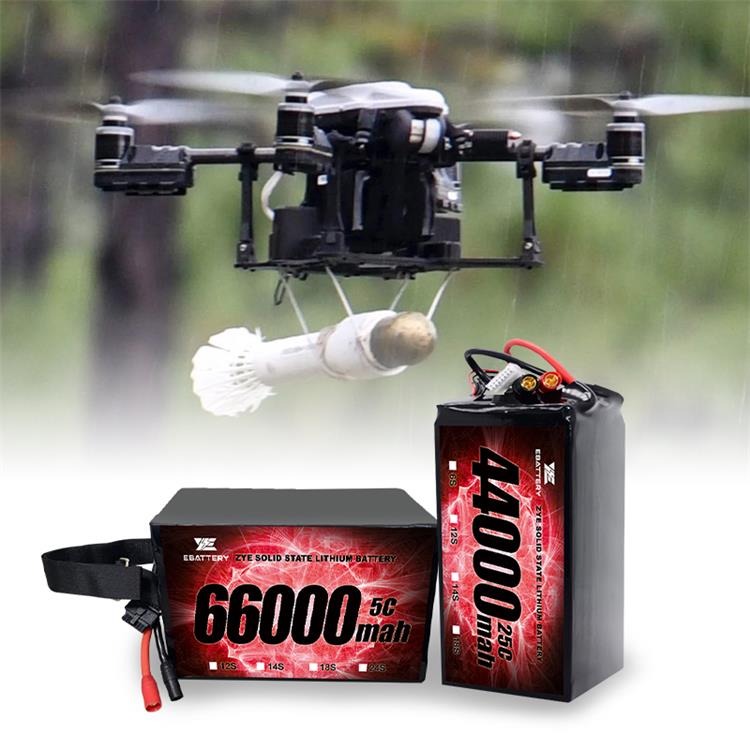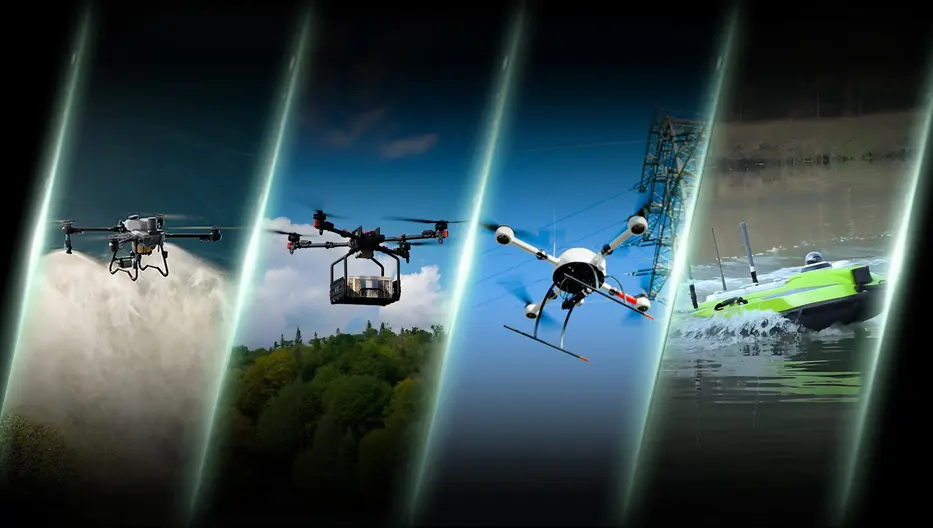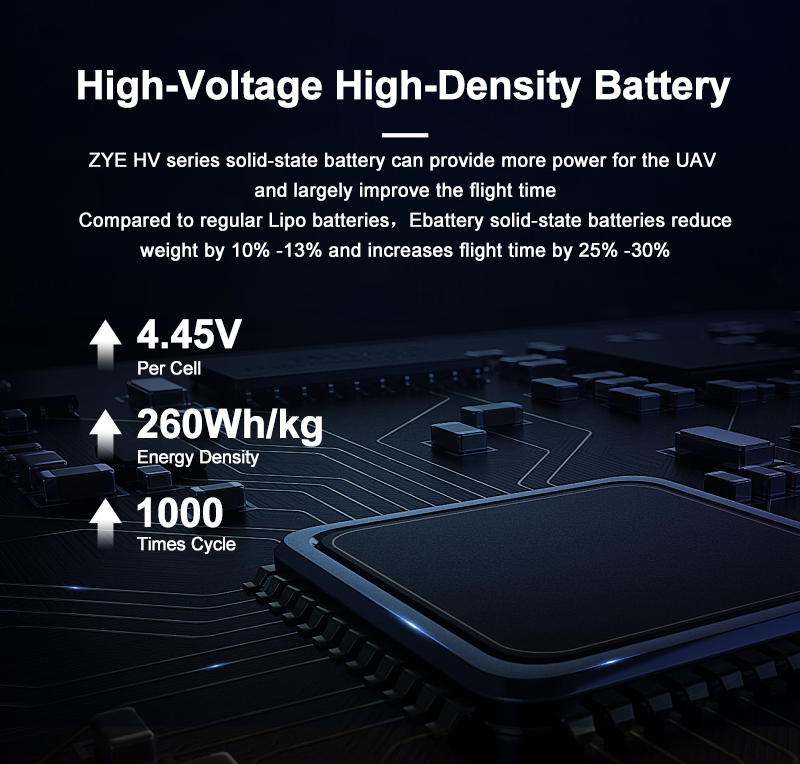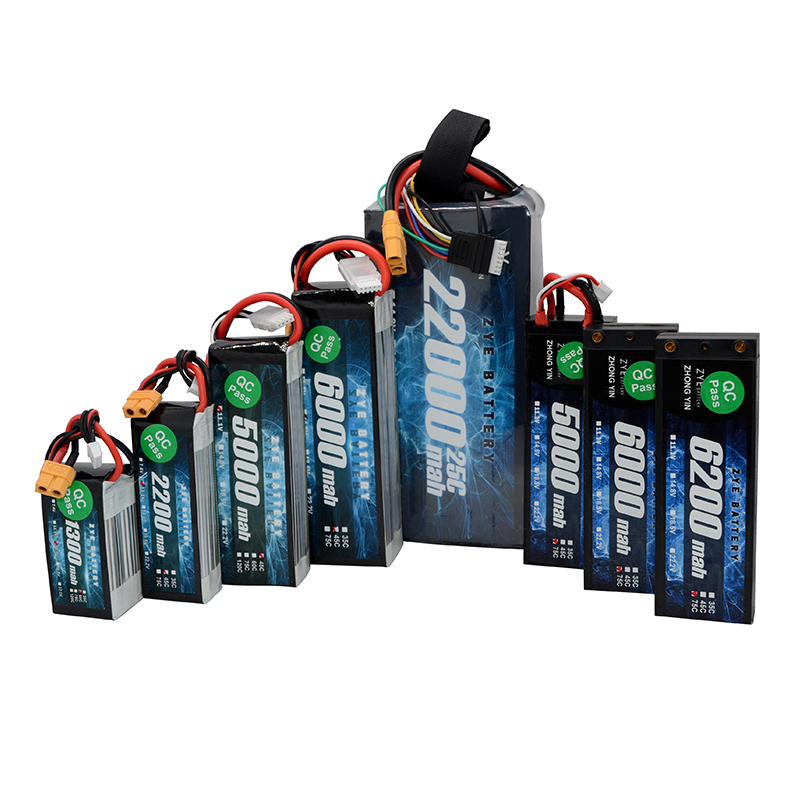How to prevent your drone from running out of Battery?
A drone’s battery is its lifeline, and running out of power mid-flight can turn a fun outing or critical task into a costly disaster. Fortunately, with proactive planning, careful monitoring, and smart-lipo-battery management, you can significantly reduce the risk of a battery failure.
In this comprehensive guide, we'll explore the consequences of battery depletion, how to extend your drone's flight time, and the importance of choosing the right battery for your needs.
When a drone's battery reaches critically low levels, several things can occur. The most common scenario is a controlled landing, where the drone's built-in safety features initiate an automatic descent to the ground. However, in some cases, the drone may simply lose power and fall from the sky, potentially causing damage to the device or its surroundings.

Inspect Battery Health Before Use
A damaged or degraded battery is a ticking time bomb. Before every flight, visually inspect your lipo-battery for signs of wear or damage:
1.Check for bulges, cracks, or swelling in the battery casing
2.Examine the battery terminals for corrosion, dirt, or bent pins. Clean terminals with a dry cloth to ensure a secure connection, corrosion can disrupt power flow and cause inaccurate voltage readings.
3.Verify the battery’s manufacturing date (if visible) and track its usage cycles.
Charge Batteries Properly and Fully
1.Use the manufacturer-recommended charger for your drone’s batteries.
2.Charge batteries to 100% before flight, but avoid leaving them on the charger overnight. Most modern chargers auto-stop when full, but prolonged charging can strain cells.
3.For LiPo batteries, never charge them in extreme temperatures, cold slows charging, while heat increases fire risk and degrades cells.
Track Flight Time and Distance
Flight time elapsed: Compare it to your pre-planned duration. If you’re at 15 minutes in a 25-minute battery and the level is already at 40%, you’re draining power faster than expected—head back immediately.
Distance from home: Flying far from your landing spot increases the energy needed to return. Most drones calculate “return to home battery required” automatically, but double-check it.

Avoid Power-Hungry Maneuvers
Sport mode or high-speed flights: These force motors to spin at maximum capacity, consuming 20–30% more power than steady cruising.
Hovering in place: Hovering uses more energy than forward flight, as the drone constantly adjusts motors to stay stationary.
Frequent ascents/descents: Climbing requires significant motor power; descend gradually instead of dropping quickly to save energy.
Maintain lipo-battery for Long-Term Reliability
A well-maintained battery holds its charge longer and performs more consistently. Neglecting maintenance accelerates degradation, making unexpected power loss more likely.
Practice Emergency Landings
In case of sudden battery failure, know how to land quickly and safely:
Reduce altitude gradually to conserve power.
Aim for flat, open ground—avoid water, trees, or crowded areas.
Use the drone’s “land now” function if available, which prioritizes a controlled descent over other commands.

Conclusion
Understanding what happens when a drone runs out of battery is crucial for every drone pilot. By implementing strategies to extend battery life, choosing the right high-capacity lithium drone battery, and taking steps to mitigate battery failure risks, you can enjoy longer, safer, and more productive flights.
For more information on our drone battery solutions or to place an order, please contact us at coco@zyepower.com. Our team of experts is ready to help you find the perfect power solution for your drone needs.
























































